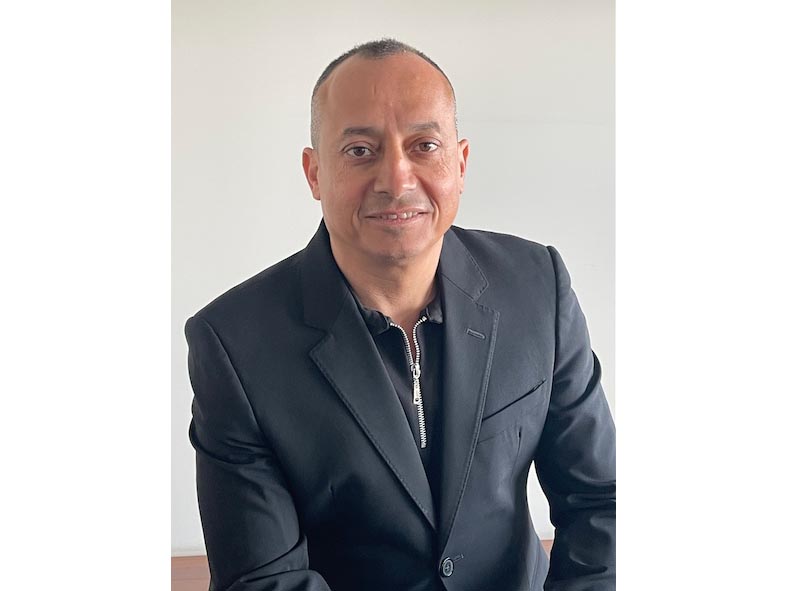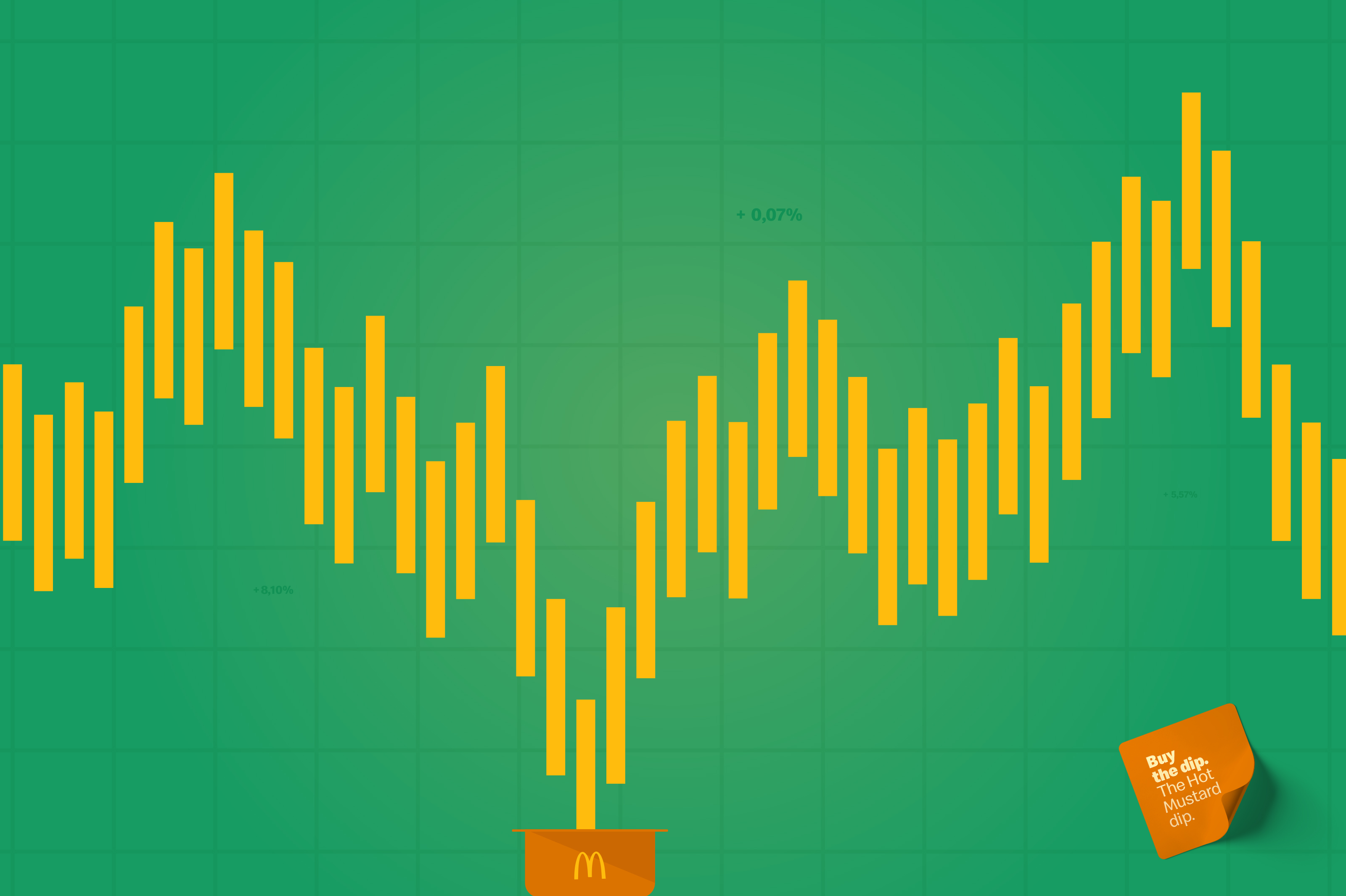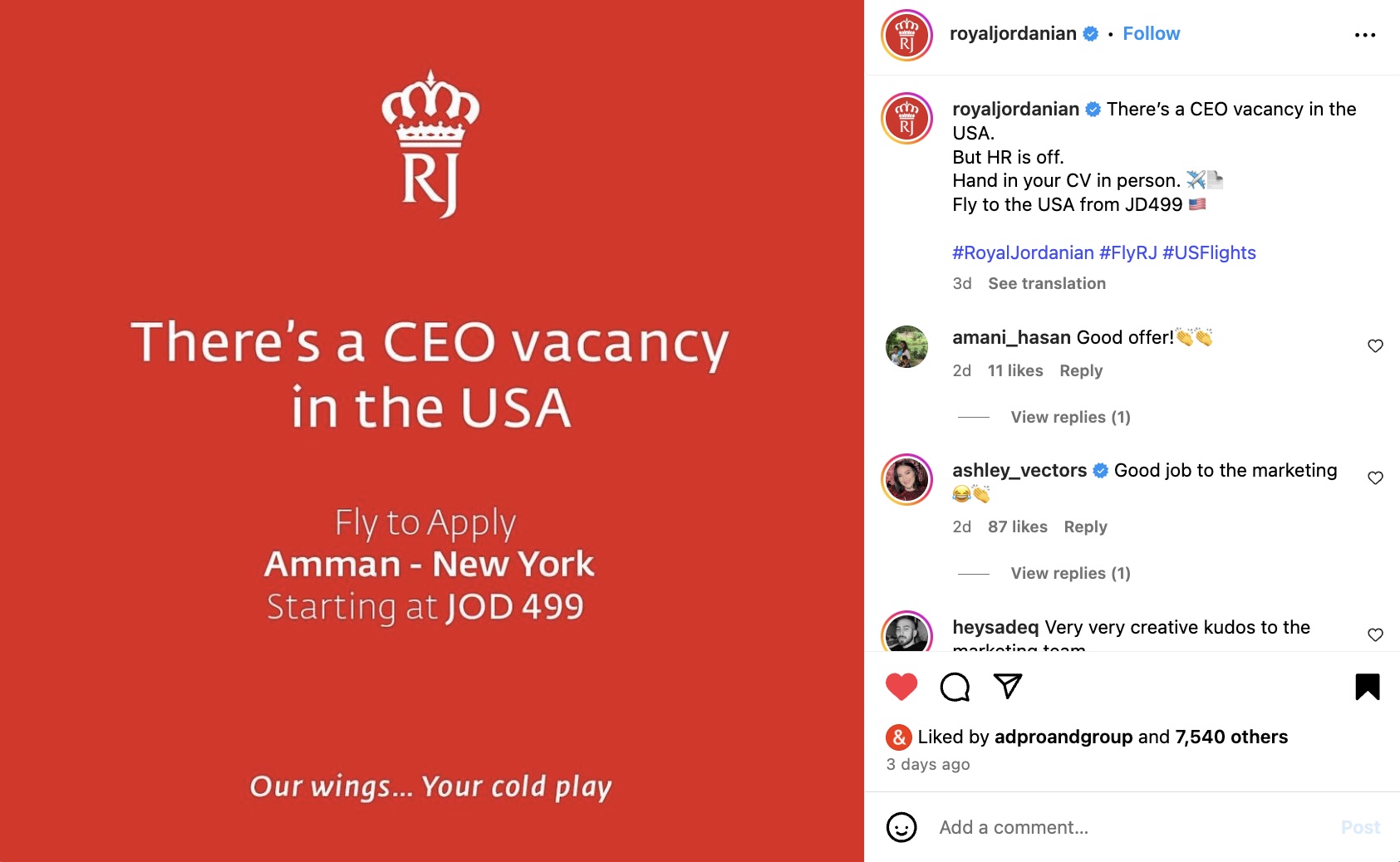News - Advertising
Assaad Kassis: ‘Current tactical spending reflects the market situation in Lebanon’
February 27, 2023
.jpg) Advertisement
AdvertisementAssaad Kassis, General Manager, UM shares his analysis and sentiments about Lebanon’s ad business in 2022 and how the ad industry has not only managed to hold its ground, but has also found ways to thrive and flourish.



.jpg)




.jpg)





